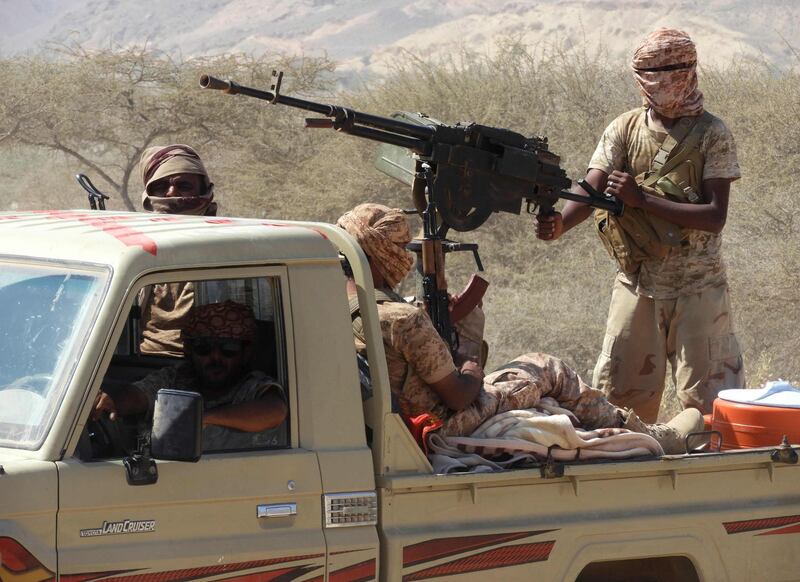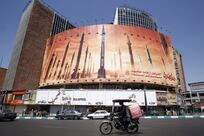The world was a given a clarifying insight into the conflict in Yemen on Friday, when Houthi militias fired five missiles from Sanaa in the direction of Marib, a province which lies 173 kilometres northeast of the capital. The missiles were intercepted by the air defence systems supplied by the Saudi Arabia-led coalition – of which the UAE is a key member – that is fighting to restore Yemen's legitimate government. The projectiles were intended to decimate the Yemeni forces who, supported by the Arab coalition, had earlier in the day pushed back an offensive to take back control of areas liberated from their grip.
To get a sense of what is at stake there, consider the tale of two cities. Sanaa, once a thriving city, has become desolate and oppressive ever since the Houthis seized it 2014 and dislodged Yemen's internationally recognised president. Marib, the capital of Marib province that was once home to a mere 350,000 people, is now a bustling and prosperous city that hosts 1.5 million people. Sanaa suffocates in the shadow of the Houthis. Marib blossoms under the protection of the Arab coalition: Yemeni business people, doctors, professors and refugees, driven from their homes by the Houthis, have found a new lease of life there. A territory that was once a stronghold of Al Qaeda is today a place of possibility. It is the Arab coalition's unflinching support for the brave Yemenis striving to regain control of their country that accounts for Marib's prosperity in a land ravaged by the Houthis and their backers. If the Houthis had their way, Marib would resemble the rest of Yemen: a barren dependency that serves as a launching pad for Iranian aggression.
But thanks to the Arab coalition, the rest of Yemen is slowly but surely following the trajectory of Marib. Over the past week, Al Qaeda was dealt a fatal blow by the Arab coalition's fighter jets in Wadi Al Masini in Hadramaut. Yemeni forces secured large quantities of ammunition that would have been used to deliver death and destruction. Soon, normal life will return to places that have suffered for too long under militancy and extremism. The World Health Organisation, supported by Emirates Red Crescent, has already begun distributing medical aid to ten provinces in Yemen. As the pathway to a peaceful and prosperous Yemen begins gradually to open up, it is important to remember the service of countless individuals that enabled this progress. Members of the the UAE's armed forces have bravely sacrificed their lives for Yemen's security, without ever wavering from their commitment. The third Union Fortress demonstration of the Armed Forces in Al Ain on Saturday was an occasion to remember their sacrifices shall not have been in vain.





